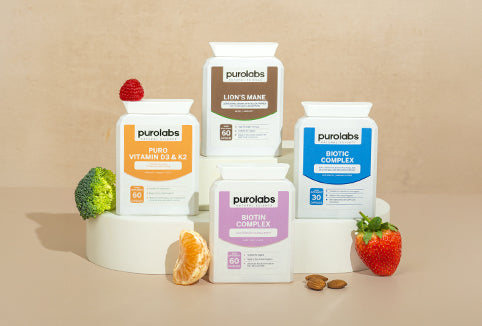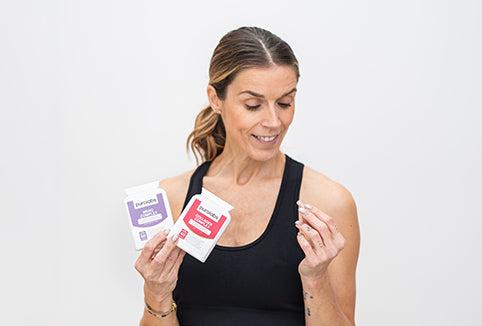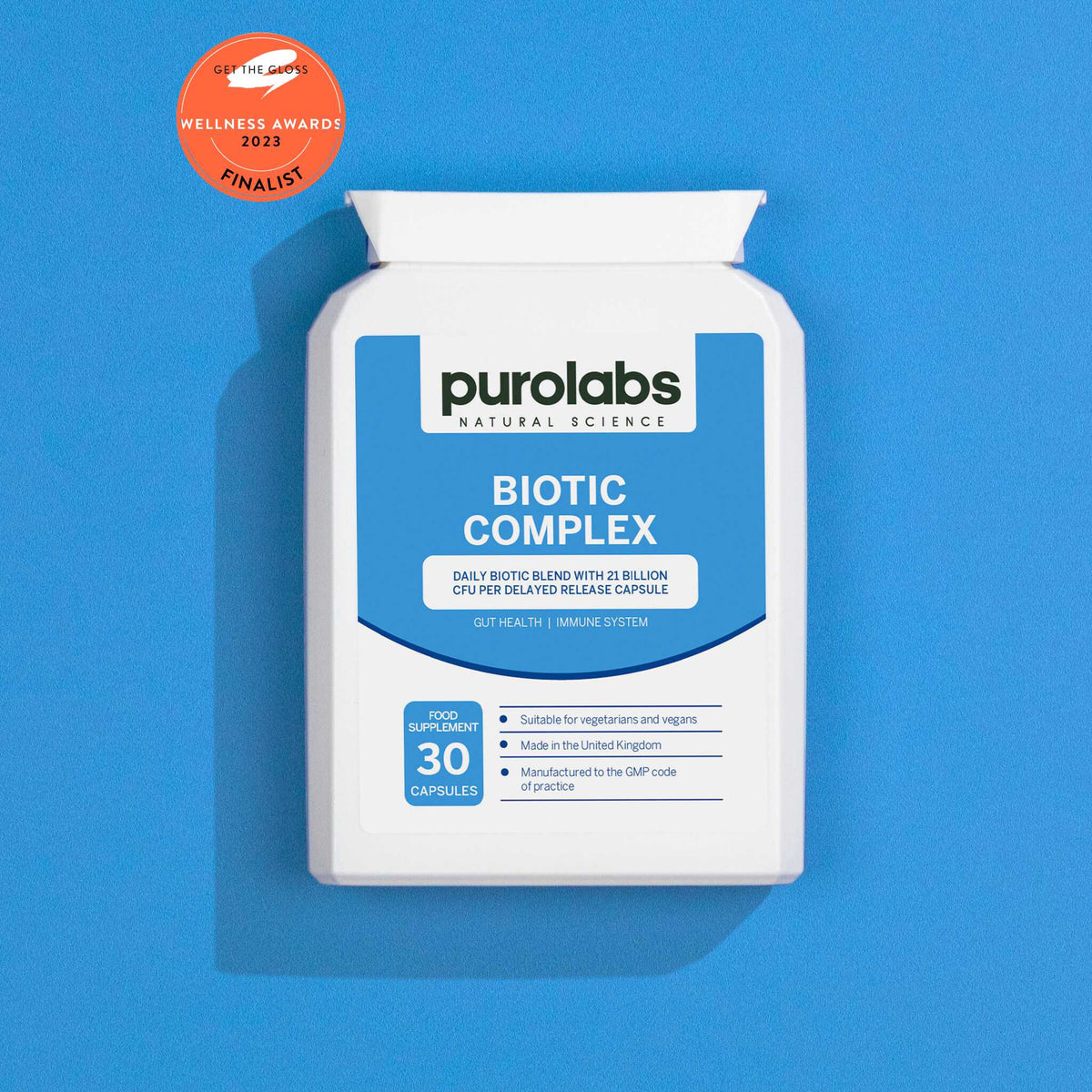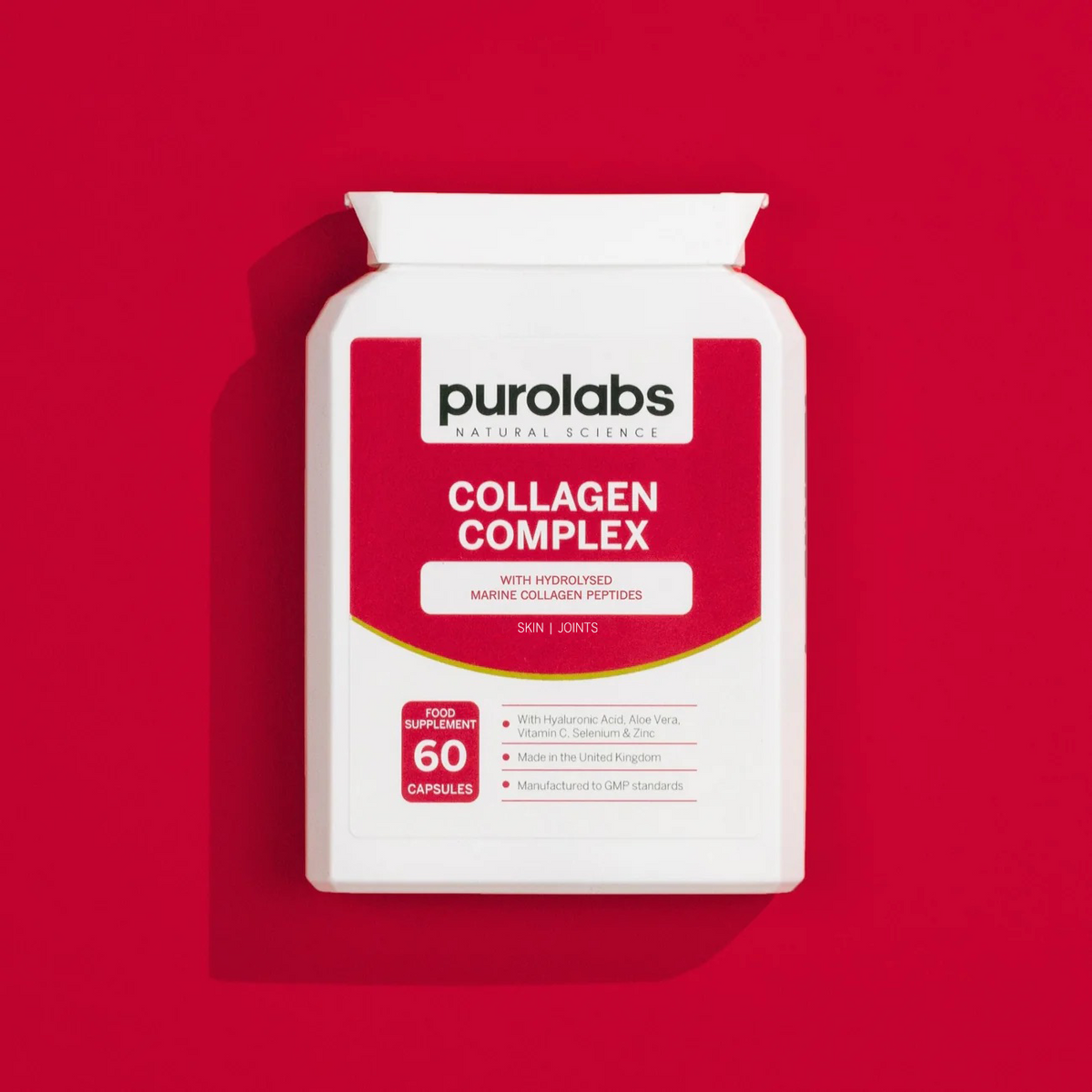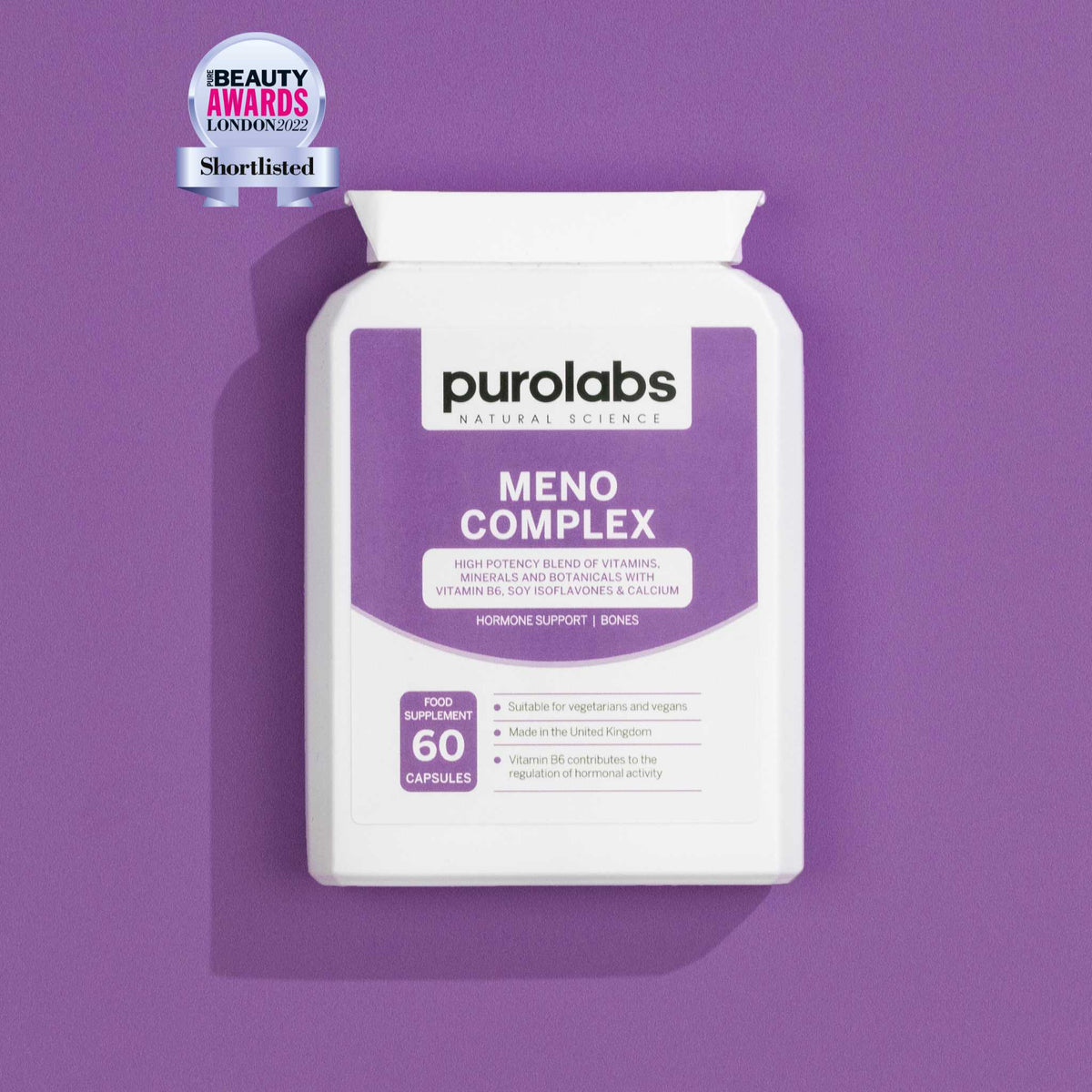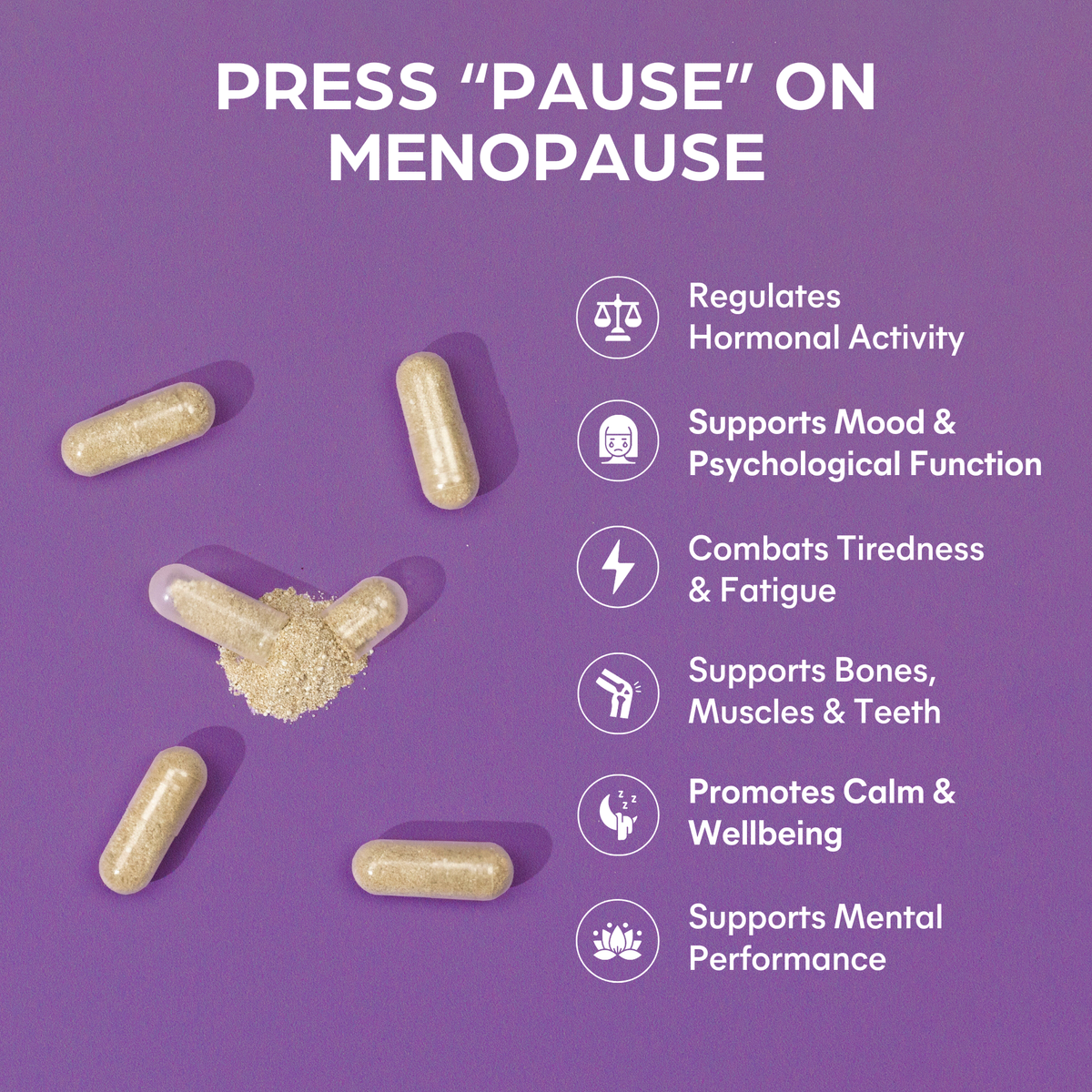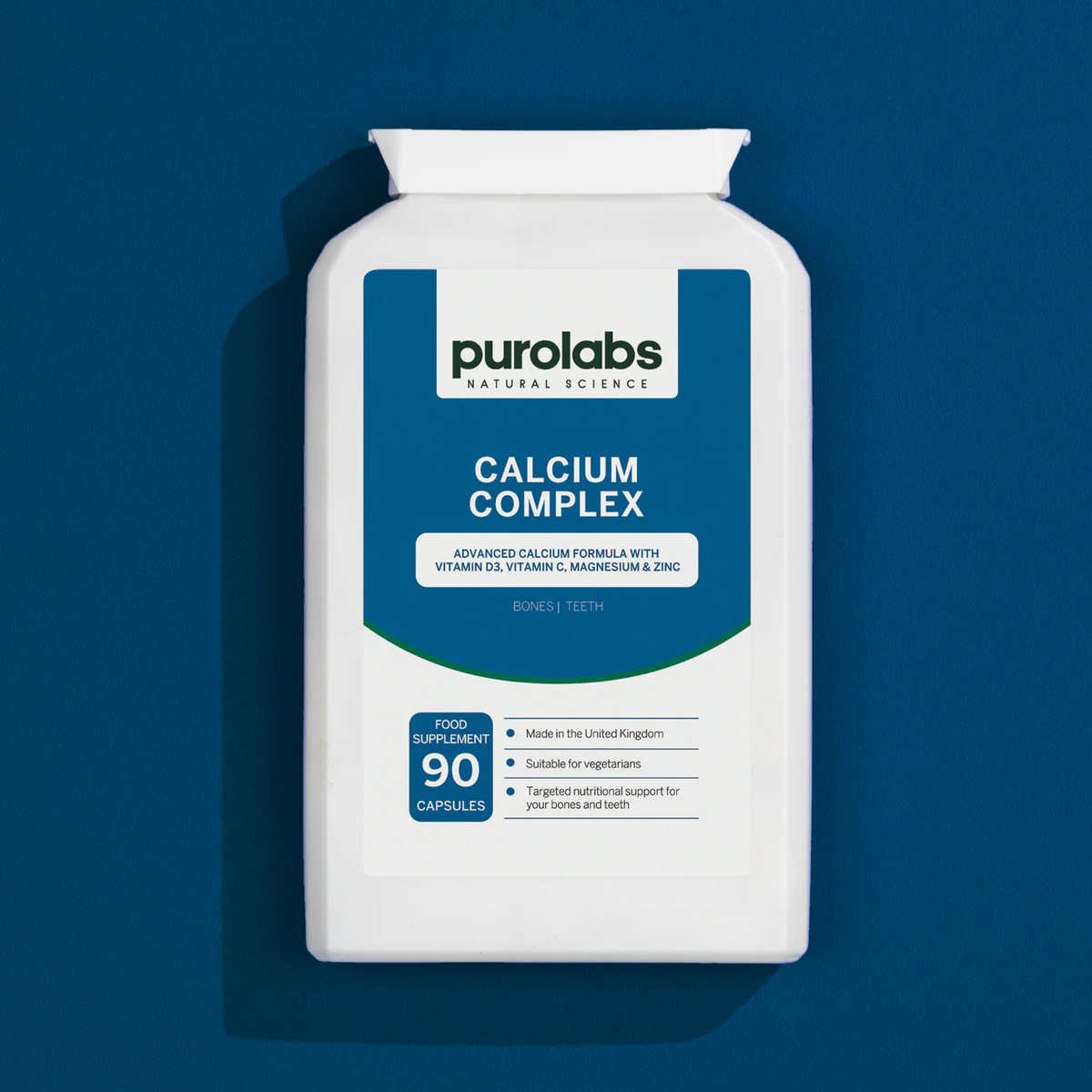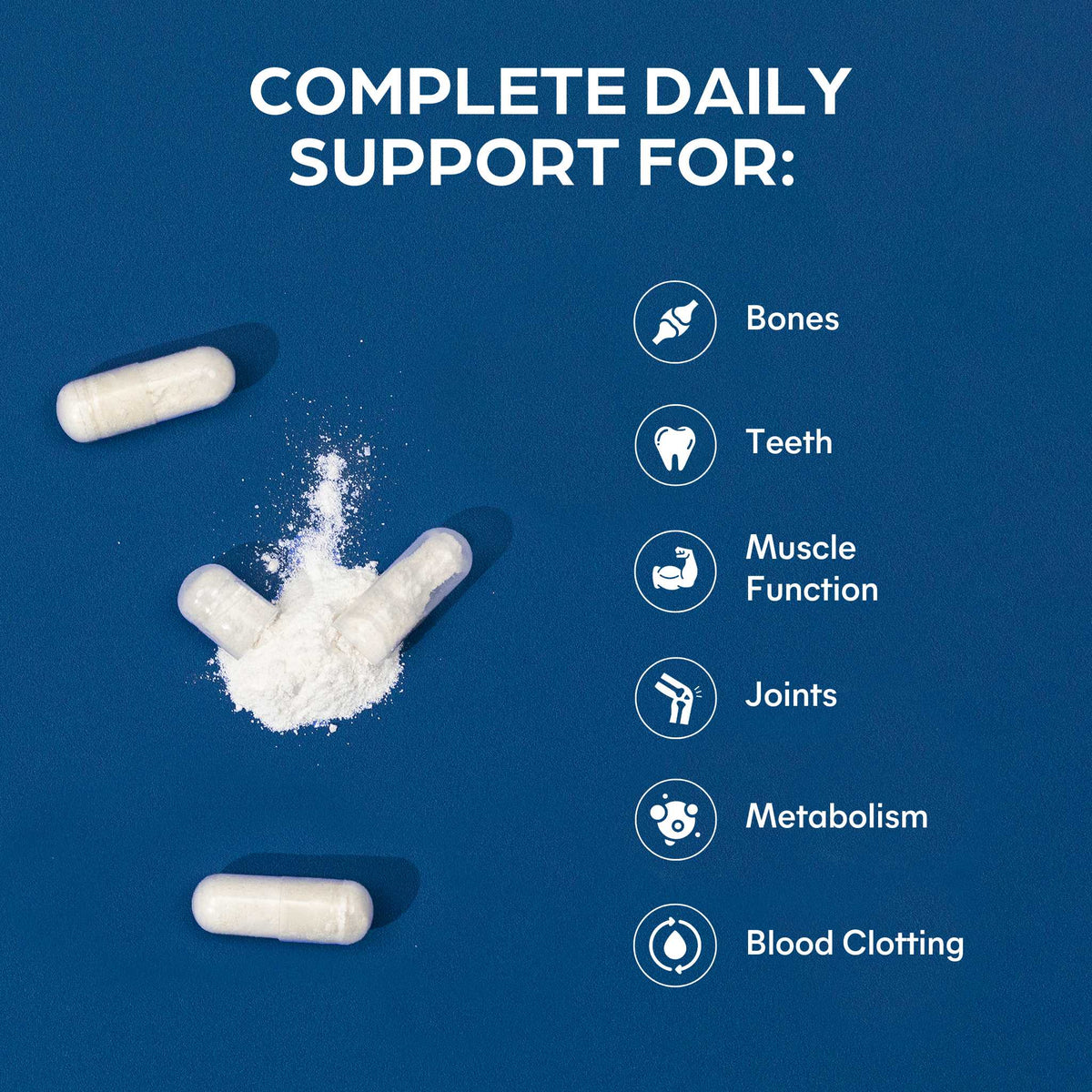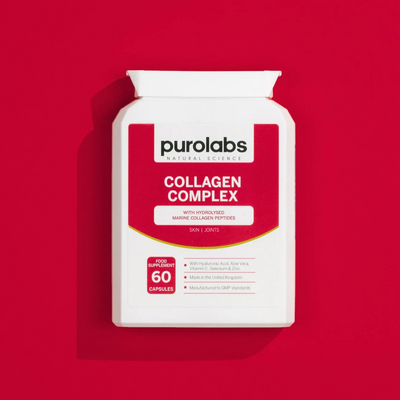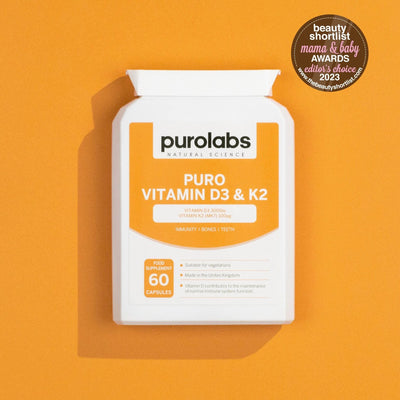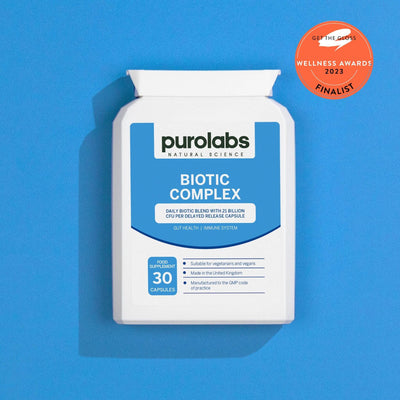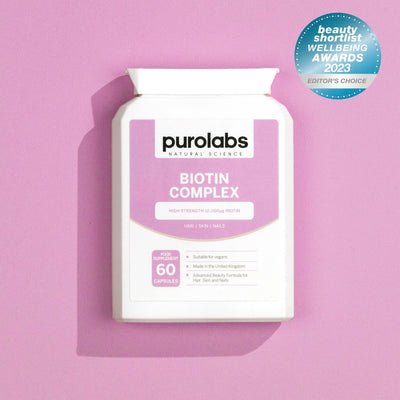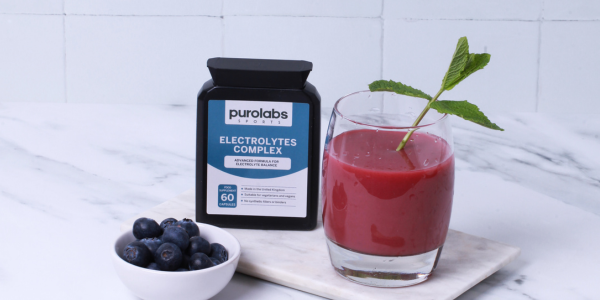Superfoods are taking centre stage in the health market today, and for good reason.
The term ‘superfoods’ is relatively new; however, superfoods have been around since humans first walked the earth. We foraged superfoods to sustain us. We learned to harness the medicinal benefits of nature’s multivitamins to help us evolve into the version that inhabits the planet today.
Superfoods can be defined as plants and animals for human consumption that have multinutrient benefits.
The best examples of superfoods include:
Liver: 100g serving of beef liver contains close to or exceeds the daily intake of vitamin A (500% RNI) 1, copper, zinc, phosphorous, selenium, potassium, choline, protein, iron, B12.
Sweet potato: A 100g serving includes vitamin C, B1, B2, B6, Folate, Vitamin E, Vitamin K and packed with antioxidant rich beta-carotene (vitamin A) and minerals2.
Dark leafy greens: Rich in folate, vitamin K, minerals, antioxidants3
Fatty Fish: Packed with omega-3, vitamins A & D, selenium, protein4
Berries: Rich in antioxidant anthocyanins and other polyphenols, vitamin C, manganese, fiber 5
And of course, members of the algae family to which spirulina and chlorella belong are part of this elite group of nutrition powerhouses.
Superfoods have been packaged into convenient, easy to consume products as part of our growing health market. Greens powders, liver capsules and multinutrient antioxidant blends are popular choices for health-conscious folks battling with the daily demands of modern living.
In fact, the global superfoods market, including supergreen blends was worth a staggering $189 billion in 2024 with targets to reach $339 billion by 2032. The greens powder market is projected to reach $997 million by 2034, a 10% increase from the previous decade.
Spirulina Vs Chlorella: What Are the Differences?
Whilst spirulina and chlorella belong to the algae family, and have various similarities on human health, there are a few key differences.
Environment
Many of the differences in these two organisms are the environments they can be found in.
Spirulina is sourced from warmer environments including Africa, Central America and Asia whereas chlorella can be found in regions of Europe as well as Japan, Taiwan, Korea and China. Whilst spirulina prefers warmer high-light environments, chlorella likes less-alkaline environments and temperate temperatures of freshwater lakes.
Another key difference is the environment in which they’re grown in to be produced commercially for use. Spirulina is usually cultivated in outdoor ponds in tropical climates and chlorella tends to be grown in closed tanks to prevent contamination.
Appearance
Spirulina is particularly beautiful, with spirulina powder containing a rich blue-green hue. Chlorella is a rich, darkish green colour
The texture of the powder produced from these algae also differs. Spirulina tends to be fine, light and ‘fluffy’ with chlorella producing a dense, smoother powder. This is particularly important to note if you have a texture preference with powders.
Nutritional Differences
The difference in colour is down to the nutritional differences between the algae. Chlorella contains more green pigment due to the higher chlorophyll content.
Interestingly, unlike spirulina, chlorella can’t be fully digested by humans due to the cellular structure of the plant, therefore supplemental forms of chlorella have been broken down to make it digestible.
Flavour Profile
Spirulina has a noticeably different flavour profile than chlorella. The former has, what’s been described as an ‘ocean-like’ flavour, ‘seaweed’, grassy and pond-like. Chlorella has a milder and nuttier taste, with similar earthiness to spirulina with less of a ‘marine-like’ aftertaste.
The flavour profiles of both are a consideration when opting for which form to take. Capsules help to provide all the health benefits of powdered form but without the potentially unpleasant taste.
Spirulina Vs Chlorella: Similarities
As mentioned, spirulina and chlorella both belong to the algae family, and that’s not where their similarities end.
Both are rich sources of plant-based protein, with both being considered as complete proteins. This is an important consideration for those eating a plant-based diet as many food sources of plant-based protein lack all 9 essential amino acids required to support proteins full function in the body6.
Another similarity that lends to the appeal is the versatility of both. They can be:
- Blitzed into smoothies
- Added to smoothie and acai bowls
- Mixed into to overnight oats
- Added to chia pudding (which makes the colour pop!)
- Conveniently taken in capsule form.
If you want to Instagram-up your dishes, then spirulina and chlorella are must-have ingredients.
Both also share a few common health benefits with spirulina gaining notoriety after being used by NASA as a dietary supplement for astronauts on missions. It was discovered that the green-blue powder helped to modulate immune function and reduce inflammation by regulating histamine produced by mass cells7.
Interestingly, chlorella has also been shown to be a potent immune supporting anti-inflammatory, down regulating the inflammatory release of cytokines8.
It is thought that both chlorella and spirulina have detoxification benefits on the body. Chlorella has been shown to bind to heavy metals to help with their removal from the body with spirulina also supporting the detox process9.
Both members of the algae family have also been shown to have positive benefits on cardiovascular health, with one study showing a dose of 8g spirulina daily across 12 weeks significantly reduced triglyceride levels in patients with type 2 diabetes10.
Spirulina and chlorella have also been studied for their potential effects on reducing blood glucose and improved lipid markers making them a potential therapeutic treatment for metabolic health. More studies need to support the evidence, however opting for a daily dose of algae could help support insulin sensitivity11.
Should you Take Spirulina & Chlorella Together?
Yes. In fact, studies show taking them together can improve insulin sensitivity by helping to reduce blood glucose. They also have anti-inflammatory benefits due to their combination of antioxidant and nutrient content12.
Purolabs Organic Spirulina & Chlorella
Our Organic Spirulina & Chlorella supplement at Purolabs contains all the benefits of both algae whilst being packaged conveniently in capsule form – avoiding the taste of spirulina and chlorella which has been described by many to be an ‘acquired taste’.
What makes Purolabs stand out from other algae supplements on the market is the diligent processes undertaken to produce high-quality sourced ingredients, with extensive lab testing, helping to reduce heavy metal contamination.
The ratio of spirulina to chlorella in the supplement has also been optimised to balance protein, detoxification and micronutrient content as well as reducing common side effects like poor digestion.
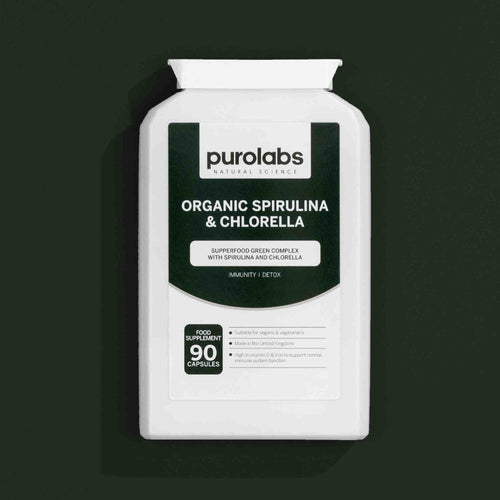

 Beauty
Beauty
 Bone Health
Bone Health
 Brain Health
Brain Health
 Energy
Energy
 Eye Health
Eye Health
 Gut Health
Gut Health
 Hair
Hair
 Hormonal Health
Hormonal Health
 Heart Health
Heart Health
 Immunity
Immunity
 Joints
Joints
 Menopause
Menopause
 Pregnancy
Pregnancy
 Kids
Kids
 Sleep
Sleep
 Stress & Mood
Stress & Mood
